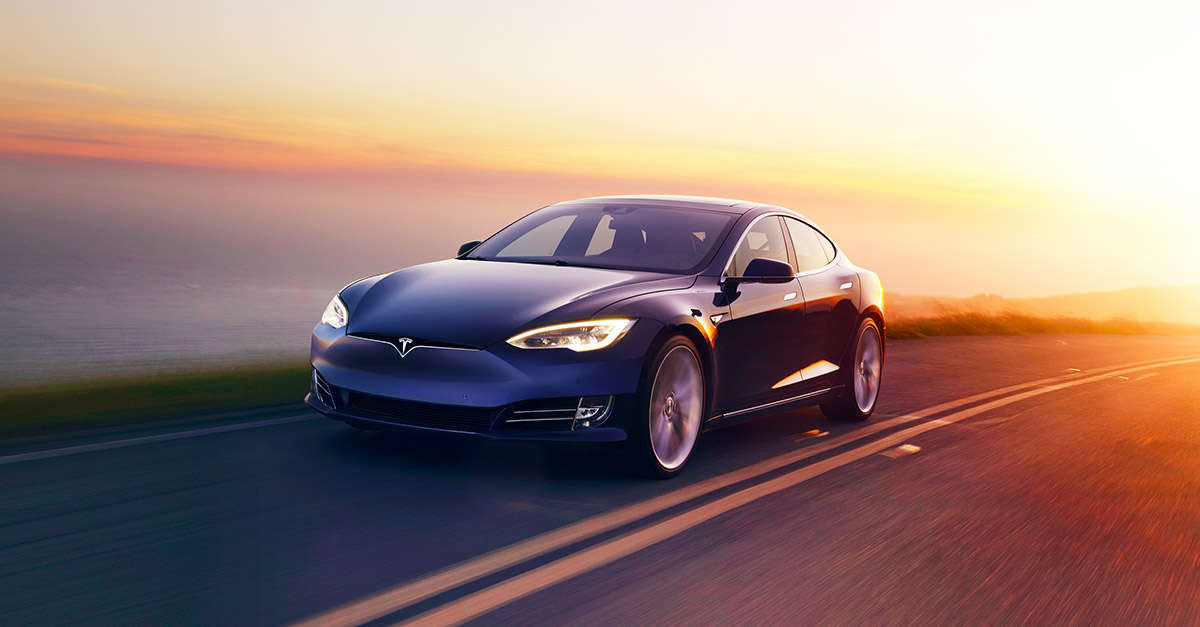Elon Musk’s Tesla, an American automobile manufacturer and energy storage company which focuses on the development of high performance electric cars, recently surpassed the market cap of the Ford Motor Company.
Since 1903, for over a century, Ford has manufactured high-end automobiles for a wide range of markets. However, unlike its domestic and international competitors, the company always struggled to innovate and push existing technologies beyond their limits. Today, a 14-year-old car maker Tesla is worth more that Ford, due to its efficient and realistic business models and innovative vision.
Earlier this week, when Tesla officially surpassed the market cap of Ford, major publications delivered the milestone with criticisms. One of the major reasons why analysts and publications criticized Tesla was its profit margin. Unlike Ford, which made over US$10 billion in 2016, Tesla lost $680 million.
Analysts suggested that Tesla is struggling and its market cap does not represent its growth and financial stability. More importantly, analysts noted that it is quite unusual for a company with a higher market cap to record an annual net loss.
Tesla’s Net Loss & Why It Does Not Matter
Contrary to most manufacturers such as Ford, Tesla has a unique manufacturing process and method. The company does not rely on external manufacturers or major suppliers. While companies like Ford do operate their own facilities in case their suppliers suffer from major interruptions, most of their manufacturing processes are handled by their suppliers.
Tesla however is building its supply chain from ground up and it is scaling with the company as its commercial business grows. The development team behind Tesla launches factories as the business expands and oversees the entire manufacturing process with minimal involvement from external suppliers.
The company’s overhaul of the traditional supply chain and manufacturing method of automobiles is one of the leading factors why it was able to overtake a Ford and experience a truly exponential growth.
Furthermore, Tesla operates solely in the electric automobile market and in that particular market, Tesla is a dominant force. None of the conventional car makers like Ford or Hyundai that are actively developing electric cars have come close to competing with Tesla.
In November of 2016, Tesla also secured a $2 billion acquisition of SolarCity, with overwhelming approval from its shareholders and board of directors. The finalized acquisition of Solarcity signaled Tesla’s move beyond car making. It transformed Tesla into a clean energy company which will allocates its resources in the development of electric cars and other clean-energy based products.
In fact, in November, Musk noted that SolarCity and Tesla will make an integrated product that would optimize existing technologies of Tesla. Musk said:
“We’re trying to make an integrated product. So you have an integrated solar roof with a Powerwall and an electric car, and you just go into a Tesla store, just say yes, it just happens. It all works, it’s seamless and you love it.”
For a company that has penetrated a relatively new market in order to reach a multi-billion dollar valuation and beat conventional car makers in market cap, profit margins do not represent their potential as of yet. As the business grows and scales, Tesla will live up to the expectations of the community as well as its stakeholders financially and technologically.
Image Via: Tesla
If you liked this article, follow us on Twitter @themerklenews and make sure to subscribe to our newsletter to receive the latest bitcoin, cryptocurrency, and technology news.

